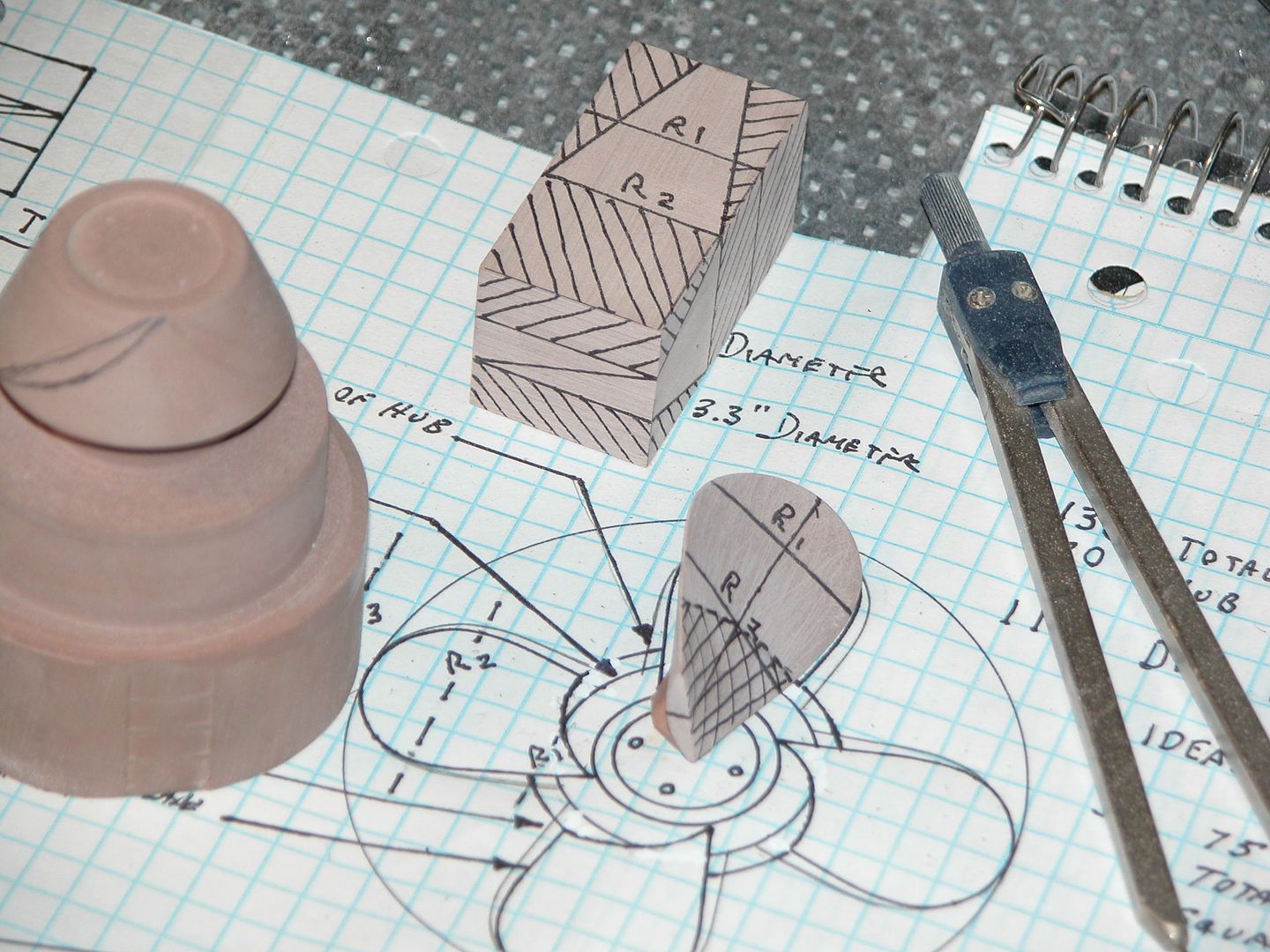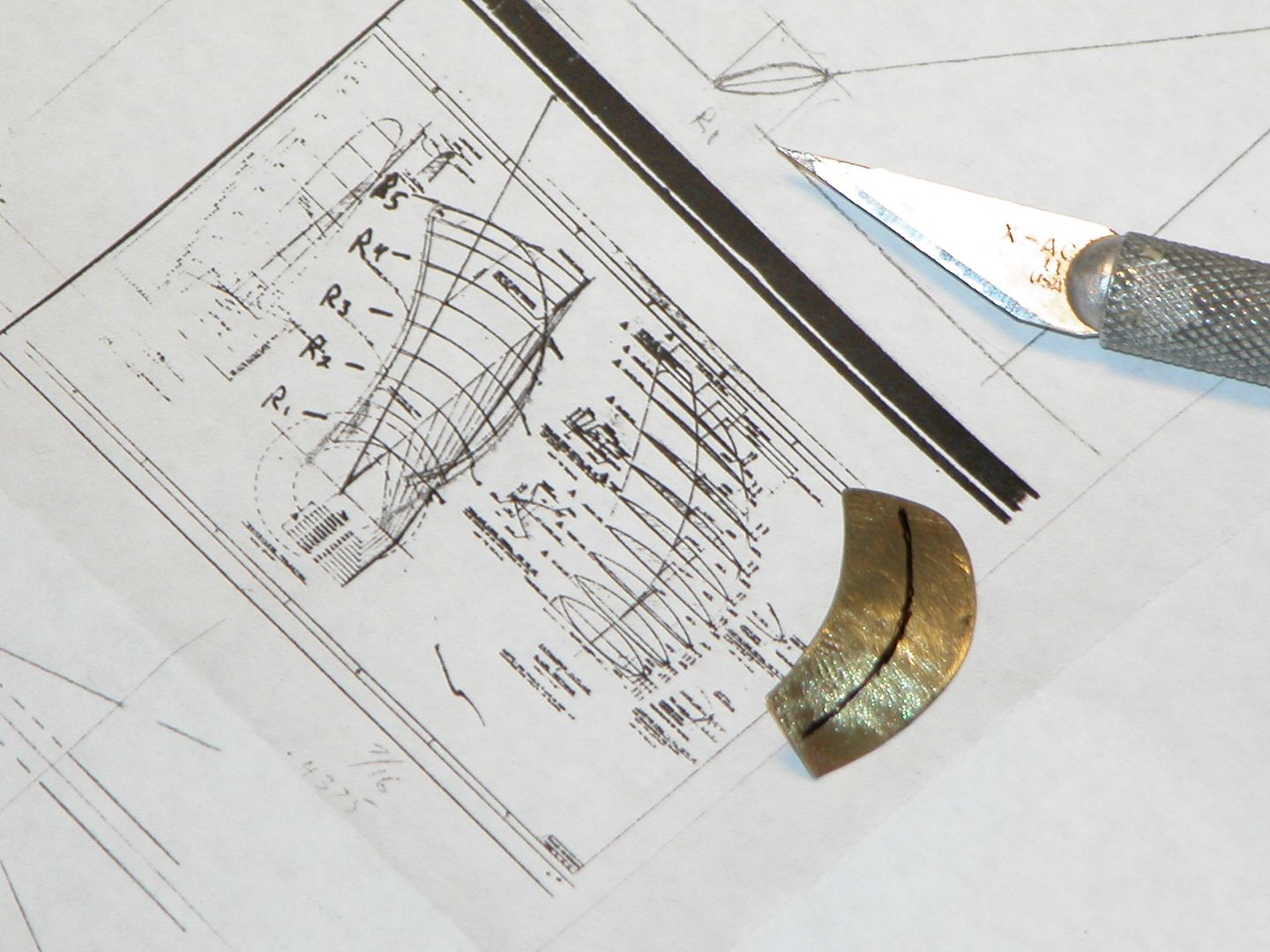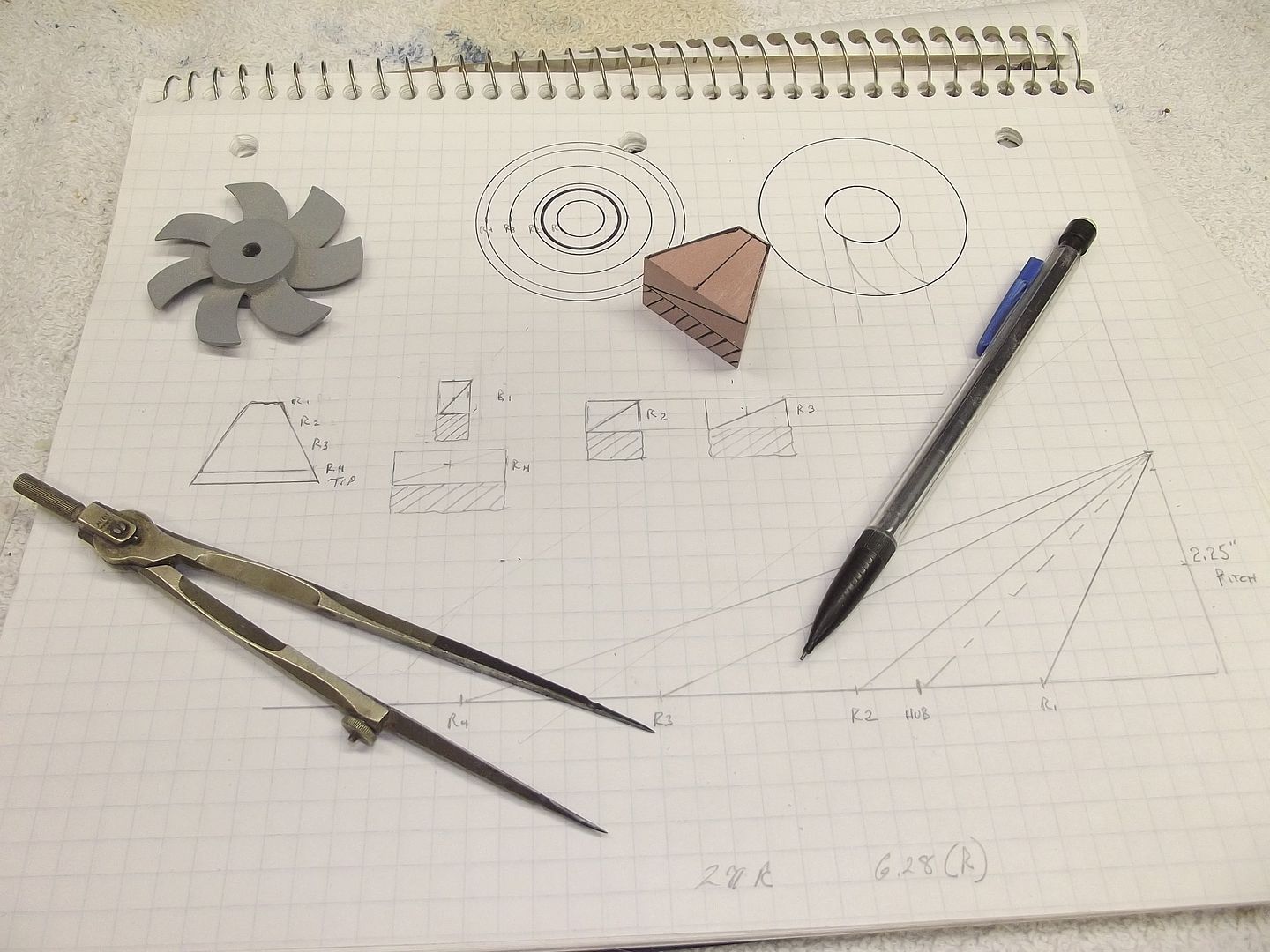I will be making the prop for the Walrus.
I am running into a problem of figuring out the prop. It is a 5 blade prop. From plans it is for a 1/60th scale model making the prop 60mm or 2.3622”

Now I need to make the blades. But because the blades on the plan are curved, how do you figure the proper pre-shaped contour?
I tried seeing if there were other sources and I found a paper model, but it’s blades looked thin (black line) then I used the real prop (in red) and overlaid it, but the angle of the photo is off skewed. I have tried to combine and average, but I am not so confident of my abilities.


Any suggestions?
I am running into a problem of figuring out the prop. It is a 5 blade prop. From plans it is for a 1/60th scale model making the prop 60mm or 2.3622”
Now I need to make the blades. But because the blades on the plan are curved, how do you figure the proper pre-shaped contour?
I tried seeing if there were other sources and I found a paper model, but it’s blades looked thin (black line) then I used the real prop (in red) and overlaid it, but the angle of the photo is off skewed. I have tried to combine and average, but I am not so confident of my abilities.
Any suggestions?






Comment